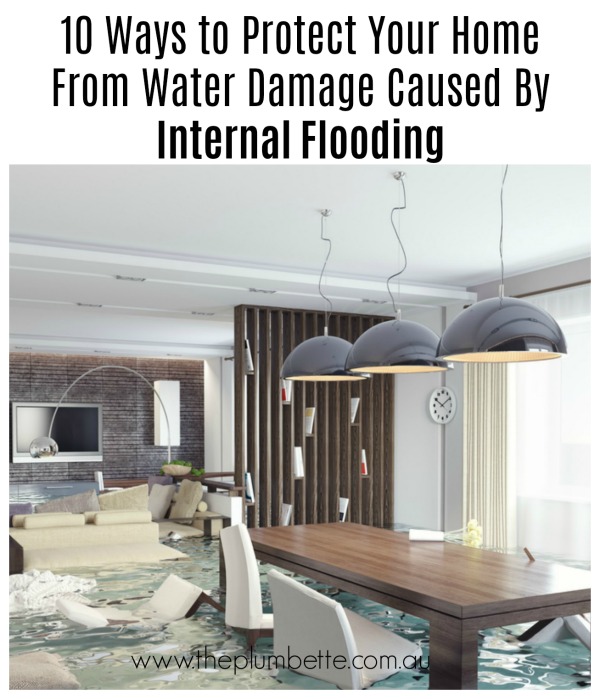Is your yard prone to flooding when it rains? Check out these tips on how to prevent outdoor flooding.
Protecting your home from outdoor flooding is not just about choosing a house that doesn’t stand in a flood zone. Your outdoor plumbing needs to be maintained and inspected to prevent flooding around your home.
Summer is when we typically get heavy wet weather, but it’s important to maintain the exterior plumbing of your property all year round.
Here are tips to prevent outdoor flooding around your property
1. Ensure you have adequate outdoor plumbing to protect your land and house.
To prevent flooding around your home, you need to ensure it has adequate outdoor drainage.
When QLD had their unusual weather event with cyclone Debbie a few years ago, it travelled down the south east coast and turned into a large weather event. This caused significant flooding and for all schools in Brisbane to be closed for two days.
I did a Facebook live video during the event and I shared how your smartphone can be useful to video where and how the water runs away from your home in an extreme wet weather even.
This video can give a plumber vital information about the stormwater needs of your home. It helps them design a system to prevent outdoor flooding around your home.
2. Maintain the existing storm water drainage at your home.
Maintaining your existing storm water drainage should be a bi-annual job.
This involves
- Cleaning your gutters of leaf debris
- Chucking your hose down each downpipe and blasting away any back log of debris stuck in the downpipes.
- Removing the grates from your stormwater drains and using a hose to clear them
If you find the water builds up when filling the gutters, downpipes or stormwater drains, its time to call a plumber to blast the blockage away.
3. Ensure all stormwater drainage is connected to a lawful point of discharge.
This means, the stormwater pipe needs to connect to a stormwater drain (make sure it’s not sewerage) to prevent nuisance flooding and flooding to surrounding neighbours properties.
Living below a retaining wall
If your property is below a neighbour’s retaining wall, their stormwater drainage (which is mandatory when the retaining wall is built) must discharge into a lawful point of discharge.
The drainage can not and should not overflow into a neighbouring property unless it’s from an unusual weather event.
The drainage is usually installed at the time of the installation of the retaining wall. The owners must ensure their drainage system is maintained.
If you are the neighbour below the retaining wall, it’s your responsibility to have adequate drainage for any water flowing onto your property. That can be rain, a rare weather event and even run off from other properties.
It’s your responsibility to have adequate storm water drainage to prevent your yard turning into a swimming pool which can overflow into neighbouring properties.
If there is a dispute between properties about water run off, it’s best to deal amicably together to get the problem fixed.
In Brisbane, you can call you local council if you and your neighbor can not come to an amicable agreement. But this complaint will be dealt with Built Environment and they will simply issue a letter to both parties.
Have you ever had to deal with flooding caused by stormwater?
This post was originally written in August 2017 and has been updated December 2020.
If you enjoyed this post, you can read my post on how to prevent indoor flooding in your home.








